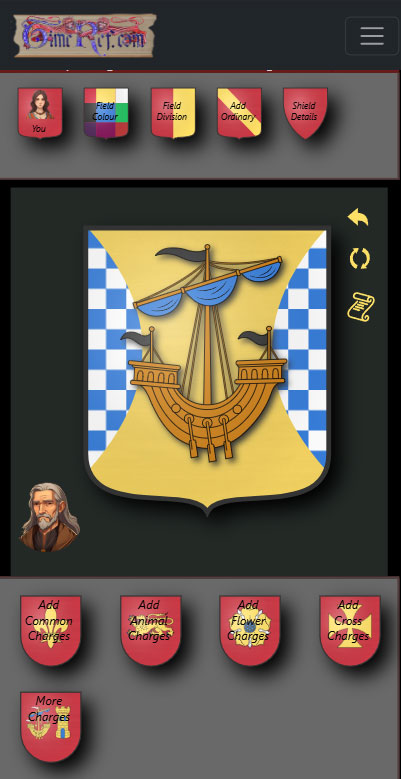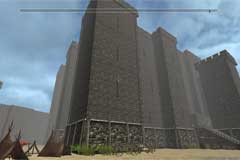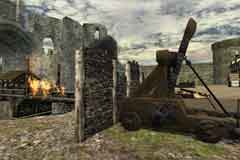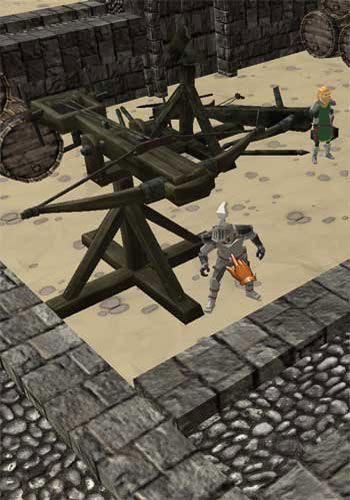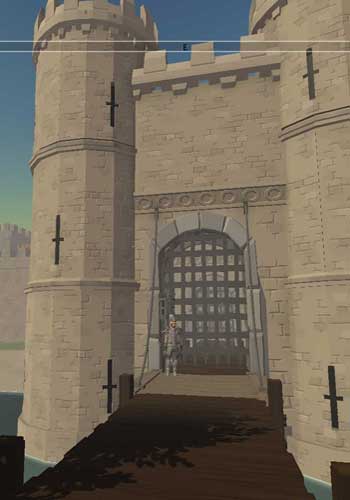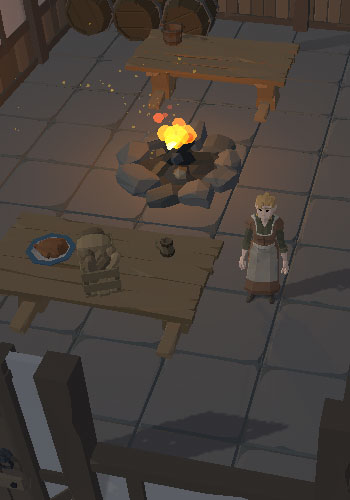
| Born | 1406 | Born At | |
| Died | 22 May 1455 | Buried At | |
| Father | Beaufort, John (1st Earl of Somerset) | Mother | Holland, Margaret |
| Born | 1406 / |
| Died | 22 May 1455 / |
Related Episodes
Henry VI and Joan of Arc (click here)
Wars of the Roses Phase One (click here)
Spouses
Children
Siblings
Family Tree Details
+Beauchamp, Eleanor (b.1408? - d.1467)
= Beaufort, Henry (3rd Duke of Somerset) (b.1436? - d.1464)
= Beaufort, Edmund (4th Duke of Somerset) (b.1438? - d.1471)
= Beaufort, John ( - d.1471)
Beaufort, Edmund (2nd Duke of Somerset) (b.1406 - d.1455)
+Beauchamp, Eleanor (b.1408? - d.1467)
= Beaufort, Henry (3rd Duke of Somerset) (b.1436? - d.1464)
= Beaufort, Edmund (4th Duke of Somerset) (b.1438? - d.1471)
= Beaufort, John ( - d.1471)
See Also
People
Other
Timeline
The English under the command of Edmund Beaufort, Duke of Somerset, captured the port town of Harfleur on the northern coast of France.
The English who were under siege inside Calais were resupplied by Edmund Beaufort, Duke of Somerset. For his actions Beaufort received the title Earl of Dorset.
The position of lieutenant of France was contested by Edmund Beaufort, Duke of Somerset and Richard, Duke of York. Richard wanted to be re-appointed to the position but the Duke of Somerset was appointed instead. Edmund and Richard would become bitter rivals in the future battles of the Wars of the Roses. [1]
Richard, Duke of York, had previously been the Lieutenant of France and Normandy but this had expired and the title had gone to his rival Edmund Beaufort (later Duke of Somerset). Instead, Richard was appointed the title of Lieutenant of Ireland. [1]
The Duke of Somerset surrendered the town of Caen to the French after a short siege and he returned to England. [2]
The Duke of Somerset entered London and positioned himself as part of the king's council. [3]
As a possible heir to throne of England, Richard, Duke of York returned from Ireland where he had been placed as lieutenant by the Duke of Somerset who had possible aspirations of taking the throne for himself. Edmund Beaufort, the Duke of Somerset and his associates were being shown favouritism and Richard along with the Welsh land owners were finding it hard to retain the earnings they were making from their own estates. William Tresham, a supported of Richard's was murdered as he travelled to meet the Duke. At first Richard attempted to hide his intentions of overthrowing the king.
With William Oldhall, a supporter of Richard Duke of York, in the speaker's seat, Parliament was on the the Duke's side. It was agreed that those at the king's side should be arrested including the Duke of Somerset.
King Henry confirmed his faith in Edmund Beaufort, the Duke of Somerset, by giving him the important and powerful position of captain of Calais. [3]
The Duke of York gathered an army and marched on London intent on persuading King Henry to remove Somerset from power. The king took an army north to Northampton to prevent Yorkist supporters in the east joining York in the west. The king also sent word to the city of London to not allow York to enter. Learning that he was refused entry to the city, the Duke of York continued south and crossed the the River Thames at Kingston. York moved his army to Dartford while King Henry came back south to London. [4]
From August 1453 until the end of 1454, the mental health of King Henry VI was such that he was unable to conduct the day-to-day government of the country. The illness was some kind of mental condition possibly inherited from his grandfather Charles VI of France who also suffered from bouts of madness. What followed was a struggle for power and control of the English throne. Amongst the main rivals were Richard, Duke of York and Edmund Deaufort, the Duke of Somerset.
With support of the other barons Richard, Duke of York won over the unpopular Edmund Beaufort, the duke of Somerset. He had only kept his position of power with the support of the King and without that support all was lost. Somerset was arrested and sent to the Tower of London.
With Richard, Duke of York running the country, several changes were made, one of which was to make the elder Richard Neville the Chancellor of England. Richard also made himself the Captain of Calais removing his rival the Earl of Somerset from the post.
With Henry back in power the Duke of Somerset was released from captivity.
King Henry's return to sanity swung the balance of power back to favour the Duke of Somerset and he was quickly restored to his former position of Captain of Calais. The Yorkists at this time felt it wise to leave London in fear of reprisals.
King Henry VI had by his side at St. Albans the Dukes of Somerset and Buckingham, Lords Pembroke, Northumberland and Devon and around 2,000 Lancastrian men. They tried to hold the town against the Yorkists led by Salisbury and Warwick but Warwick was able to enter the town through an unguarded spot and attack the flanks of the Lancastrian barricades. Although this battle was small it left the Duke of Somerset dead along with Lord Northumberland and Clifford. As a result of this victory power again swung to the Yorkists although support from the Barons was not total. Richard, Duke of York, again became Protector of the Realm and the powerful position of Captain of Calais was given to the Earl of Warwick.
On this day in history:
3D Virtual Reconstructions
Transport yourself back up to a thousand years and explore historical buildings as they may have appeared in the past. Built using the popular game development tool Unity 3D, these reconstructions will run in the most of the popular web browsers on your desktop or laptop computer.
Page Navigation
Selection of references used:
- 1: J R Lander, The Wars of the Roses, ISBN:0-75090-018-0
- 2: Hubert Cole, The Wars of the Roses, 1973, ISBN:0-246-10618-2, Own copy
- 3: R.L.Storey, The End of the House of Lancaster, 1966, Barrie and Rockliff (Barrie Books Ltd) (1966)
- 4: Paul Murray Kendall, Richard The Third, ISBN:ISBN-0-04-942048-8
See Also
People
Other







